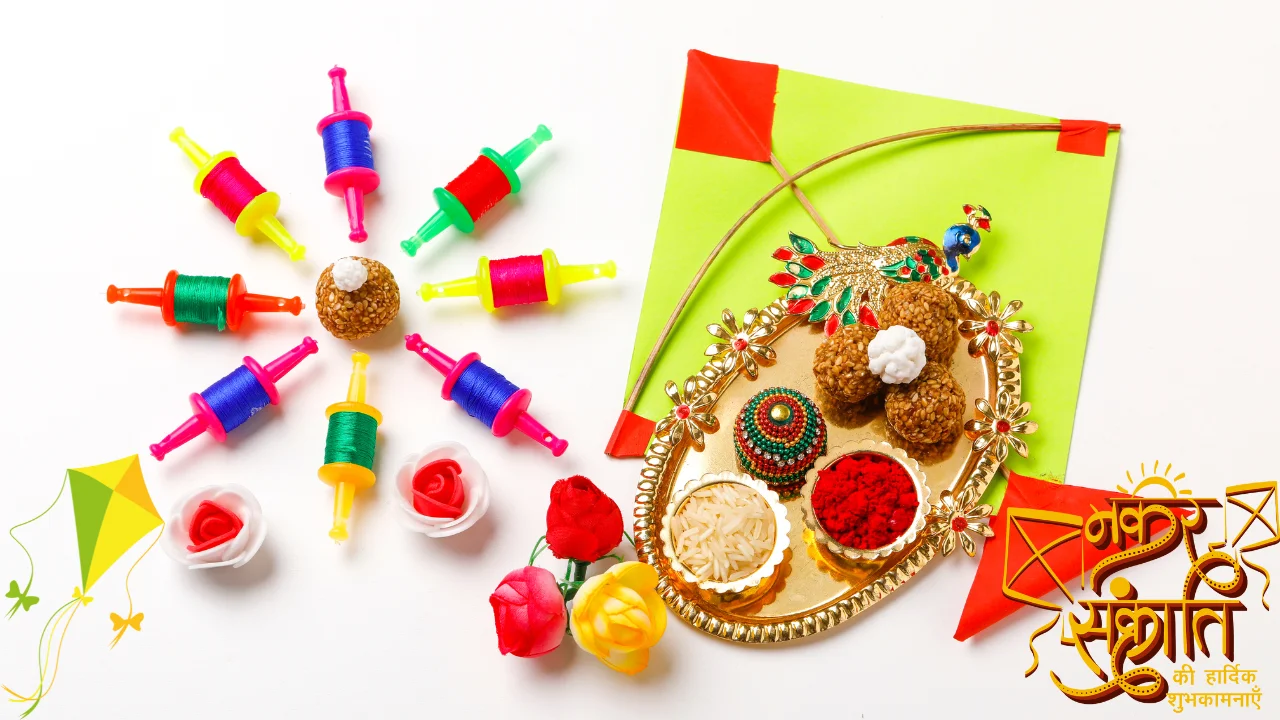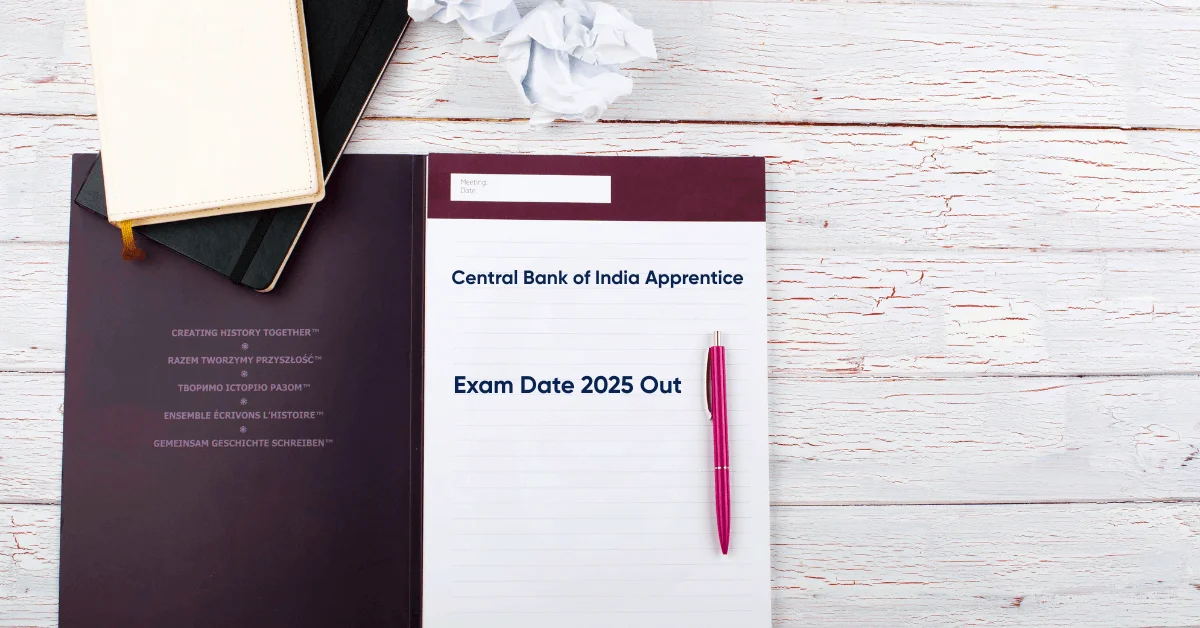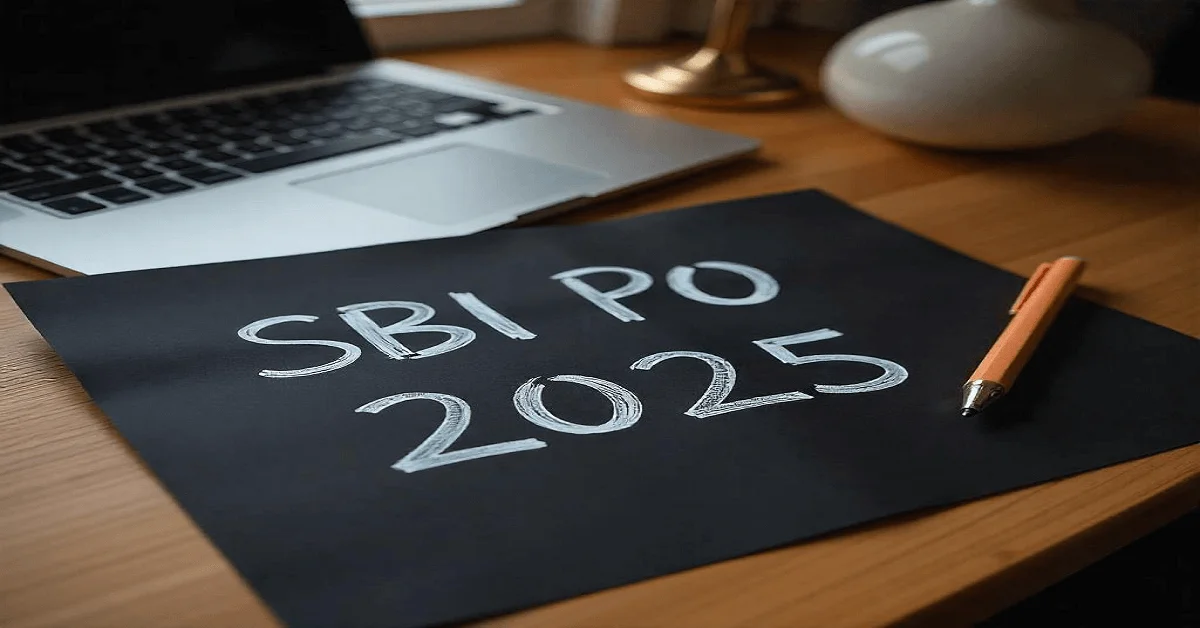Happy Makar Sankranti 2024
Makar Sankranti 2024 is on January 15, 2024. It is a major Hindu festival celebrated in India and Nepal. It marks the first day of the sun’s northward journey in the zodiac, which is also the beginning of the spring season. The festival is celebrated with bonfires, feasting, and other festivities.
Makar Sankranti 2024 Date
- Date: Monday, January 15, 2024
- Place: This pan-Indian celebration transcends borders, uniting hearts and flavors across diverse regions.
Traditions Associated with Makar Sankranti
- Bonfires: Bonfires are a central part of Makar Sankranti celebrations. People gather around the bonfires to sing, dance, and roast delicacies. The bonfires are also seen as a way to ward off evil spirits and to welcome the sun.
- Feasting: Makar Sankranti is a time for feasting. People eat a variety of delicacies, including sweets, savories, and fruits. Some popular Makar Sankranti delicacies include tilkut, gajak, and khichdi.
- Festivals: Makar Sankranti is a time for festivals. In India, there are many different Makar Sankranti festivals, each with its unique traditions and customs. Some popular Makar Sankranti festivals include the Uttarayan kite festival in Gujarat and the Pongal festival in Tamil Nadu.
Makar Sankranti is a joyous festival, celebrated with great enthusiasm in India and Nepal. It is a time for families and friends to come together and celebrate the arrival of spring.
Makar Sankranti 2024 Celebrations
- Crackling Bonfires: Gather around the flames, share stories, and roast delicacies like tilkut and gajak. Let the warmth of the fire chase away the winter chill and fill your heart with the spirit of the festival.
- A Culinary Adventure: From sweet savories like khichdi to melt-in-your-mouth sweets like tilkut and gajak, Makar Sankranti is a treat for the senses. Each region boasts its culinary gems, waiting to be savored.
- Prayers and Offerings: Offer your gratitude to the sun god Surya for the harvest and blessings, seeking prosperity and good fortune for the year ahead. Let the smoke from the offerings carry your prayers to the heavens.
- A Celebration of Community: Makar Sankranti is a time to strengthen bonds. Visit loved ones, exchange gifts like til ladoo and gajak, and soak in the warmth of togetherness. Let laughter echo through homes and streets as communities unite.
Makar Sankranti 2024 is more than just a festival; it’s a vibrant tapestry woven with tradition, gratitude, and the joy of new beginnings. So, prepare to be swept away by the kaleidoscope of celebrations, embrace the warmth of the bonfires, savor the culinary delights, and let the spirit of Makar Sankranti fill your heart.
Different Names of Makar Sakranti
Across India, the joyous celebration of the sun’s northward journey and the beginning of spring isn’t confined to just one name. It’s a vibrant tapestry woven with diverse cultures and languages, reflected in the many names it adorns:
- Makar Sankranti: This pan-Indian moniker signifies the sun entering the Makara (Capricorn) zodiac sign, marking the official start of spring.
- Lohri: Travel to Punjab, and the air crackles with the energy of Lohri.
- Pongal: In Tamil Nadu, the festivities stretch into a four-day extravaganza called Pongal.
- Bhogi: Head south to Andhra Pradesh, where Makar Sankranti transforms into Bhogi, a vibrant celebration of letting go of the old to embrace the new.
- Bihu: In Assam, the spring harvest festival comes alive as Bihu. Bhogali Bihu, coinciding with Makar Sankranti, is a time for feasting, singing, dancing, and merriment, celebrating the harvest of the first rice crop.
- Uttarayan: In Gujarat, Makar Sankranti takes flight in the form of Uttarayan, the mesmerizing kite festival.
- Suggi Habba: In Karnataka, the joy of Makar Sankranti translates to Suggi Habba, a celebration of the harvest season.
- Khichdi Parv: Up north in Uttar Pradesh, Makar Sankranti finds its expression as Khichdi Parv.
- Pedda Panduga: In Andhra Pradesh and Telangana, the festivities get a grand name – Pedda Panduga, meaning “big festival.”
- Poush Sankranti: In West Bengal, Makar Sankranti takes a more spiritual turn, known as Poush Sankranti.
These are just a few of the many names that Makar Sankranti wears, each whispering a tale of cultural diversity and regional pride.
History of Makar Sankranti
The vibrant tapestry of Makar Sankranti celebrated across India with diverse names and customs, also boasts a rich and fascinating history. Let’s embark on a journey through time and traditions to uncover the roots of this joyous festival:
Ancient Origins:
- Indus Valley Connection: Some scholars believe Makar Sankranti’s roots stretch back to the Indus Valley Civilization (3300-1300 BCE). Sun worship and fire rituals were central to their lives, possibly laying the groundwork for Makar Sankranti’s bonfire tradition.
- Solstice Significance: Coinciding with the winter solstice (around December 22nd), Makar Sankranti resonated with early cultures across the world, including India. It marked the sun’s southward movement and the promise of longer, warmer days, sparking celebrations of hope and renewal.
Mythological Tales:
- Sage Agastya: Legend has it that the great sage Agastya drank the entire ocean to vanquish a demon, making the Earth tilt and causing the seasons. Makar Sankranti marks the day he stopped drinking, allowing the ocean to refill and symbolizing the return of the sun’s northward journey.
- Bhagavad Gita: This sacred text mentions Makar Sankranti as “Uttarayan,” signifying the sun’s northward movement. This association further solidified the festival’s connection with the celestial cycle and the promise of spring.
Regional Variations:
- Evolution over time: While the essence of celebrating the sun and harvest remains, Makar Sankranti has adapted and acquired regional nuances over centuries. From Lohri’s Dulla Bhatti folklore in Punjab to Pongal’s four-day festivities in Tamil Nadu, each region has woven its own unique stories and customs into the celebration.
- Influence of cultures: Trade, migration, and cultural exchange have also shaped Makar Sankranti. Influences from Persia, Greece, and even Egypt seen in regional variations. It showcases the festival’s ability to absorb and adapt while retaining its core identity.
Modern Makar Sankranti:
- Enduring traditions: Despite the test of time, core rituals like bonfires, feasting, prayers, and community gatherings continue to thrive. They serve as potent reminders of our connection to nature, gratitude for the harvest, and the joy of new beginnings.
- Global celebration: As the Indian diaspora spread across the world, Makar Sankranti found new homes. From vibrant Lohri celebrations in Canada to kite-flying Uttarayan gatherings in the UK, the festival transcends borders, uniting communities and sharing its cultural richness with the world.
Makar Sankranti’s history is a testament to the enduring power of tradition, the beauty of cultural diversity, and the human spirit’s desire to celebrate life’s cycles. So, as you witness bonfires crackling, kites soaring, and communities rejoicing on the next Makar Sankranti, remember that you’re not just part of a joyous festival, but also a chain of tradition stretching back centuries, carrying the hopes and aspirations for a brighter future.
Significance of Makar Sankranti
Makar Sankranti, a vibrant tapestry of traditions woven across India, holds immense significance that goes beyond the crackling bonfires and delectable sweets. It’s a festival that resonates with our deepest connections to nature, tradition, and the human spirit. Let’s delve deeper into its meaning:
- Celebrating the Sun’s Return: As the sun embarks on its northward journey, marking the end of winter and the promise of spring, Makar Sankranti becomes a joyous ode to nature’s renewal.
- Honoring the Harvest: Makar Sankranti coincides with the harvest of rabi crops in many regions. It’s a time for farmers to celebrate their hard work and the bounty of the land.
- Welcoming New Beginnings: The sun’s northward movement signifies a shift in seasons, a fresh start. Makar Sankranti embodies this spirit of new beginnings.
- Strengthening Community Bonds: Makar Sankranti transcends individual celebrations and becomes a powerful force for community unity. Families gather, friends exchange gifts, and joyous gatherings erupt around bonfires.
- Spiritual Renewal: Makar Sankranti is also a time for spiritual introspection and reflection. Devotees take holy dips in rivers, offer prayers to Surya, and participate in temple rituals.
- Cultural Tapestry: Each region of India celebrates Makar Sankranti with its unique customs and flavors.
- A Timeless Tradition: Makar Sankranti has stood the test of time, adapting and evolving through centuries.
Its essence of celebrating nature, harvest, and new beginnings continues to resonate with people across generations, reminding us of the enduring power of tradition and our connection to the past.
14th January 2024 Special Day
15th January carries cultural significance as Hindus across India and Nepal celebrate Makar Sankranti in 2024. Coinciding distinctively with the solar shift towards the Northern Hemisphere annually, this festive occasion marks the first day of the auspicious Uttarayan period. The unique timing provides an opportune moment to celebrate the bountiful spring harvest while conveying blessings for a prosperous new year. As families fly kites, feast on til laddoos, and gather around bonfires on this particular day, their shared hopes for the future are rekindled.
- RRB ALP Vs RRB JE, Which is Better Job?
- Central Bank of India Apprentice Exam Date 2025 Out
- SSC CHSL English Syllabus 2025, Check Detailed Syllabus
- SSC GD Constable Exam News & Next Notification Update
- SBI PO Handwritten Declaration 2025, Format, Image Size
- Biology MCQs for SSC CGL, Get Solved Questions with Answers

Hello, I’m Aditi, the creative mind behind the words at Oliveboard. As a content writer specializing in state-level exams, my mission is to unravel the complexities of exam information, ensuring aspiring candidates find clarity and confidence. Having walked the path of an aspirant myself, I bring a unique perspective to my work, crafting accessible content on Exam Notifications, Admit Cards, and Results.
At Oliveboard, I play a crucial role in empowering candidates throughout their exam journey. My dedication lies in making the seemingly daunting process not only understandable but also rewarding. Join me as I break down barriers in exam preparation, providing timely insights and valuable resources. Let’s navigate the path to success together, one well-informed step at a time.






